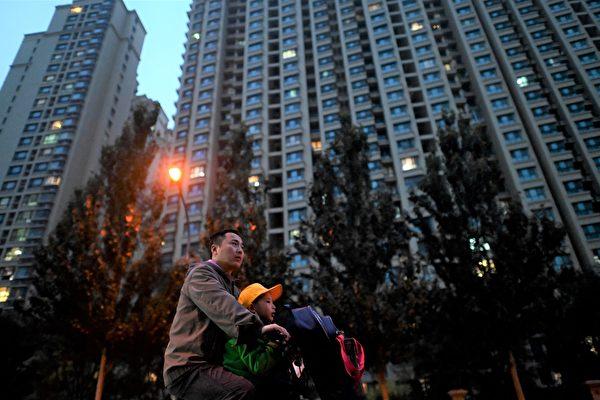Commentary
A decade ago, China was praised as a miracle. The twin crisis (real estate and debt) will be another miracle. The miracle is, as always, something in story books. In reality, there seems to be no miracle at all. Half to one-third of a century ago, when West Germany and Japan had been regarded as economic miracles to take over the United States, it turned out not to be so. Then the “four little dragons” in Asia (South Korea, Taiwan, Hong Kong, and Singapore) were viewed as another miracle; the bubble popped in just a few years. Later, a quarter of a century ago, it was the BRICS’ turn (China, Brazil, Russia, India, and South Africa). Now the leader is making another miracle.





